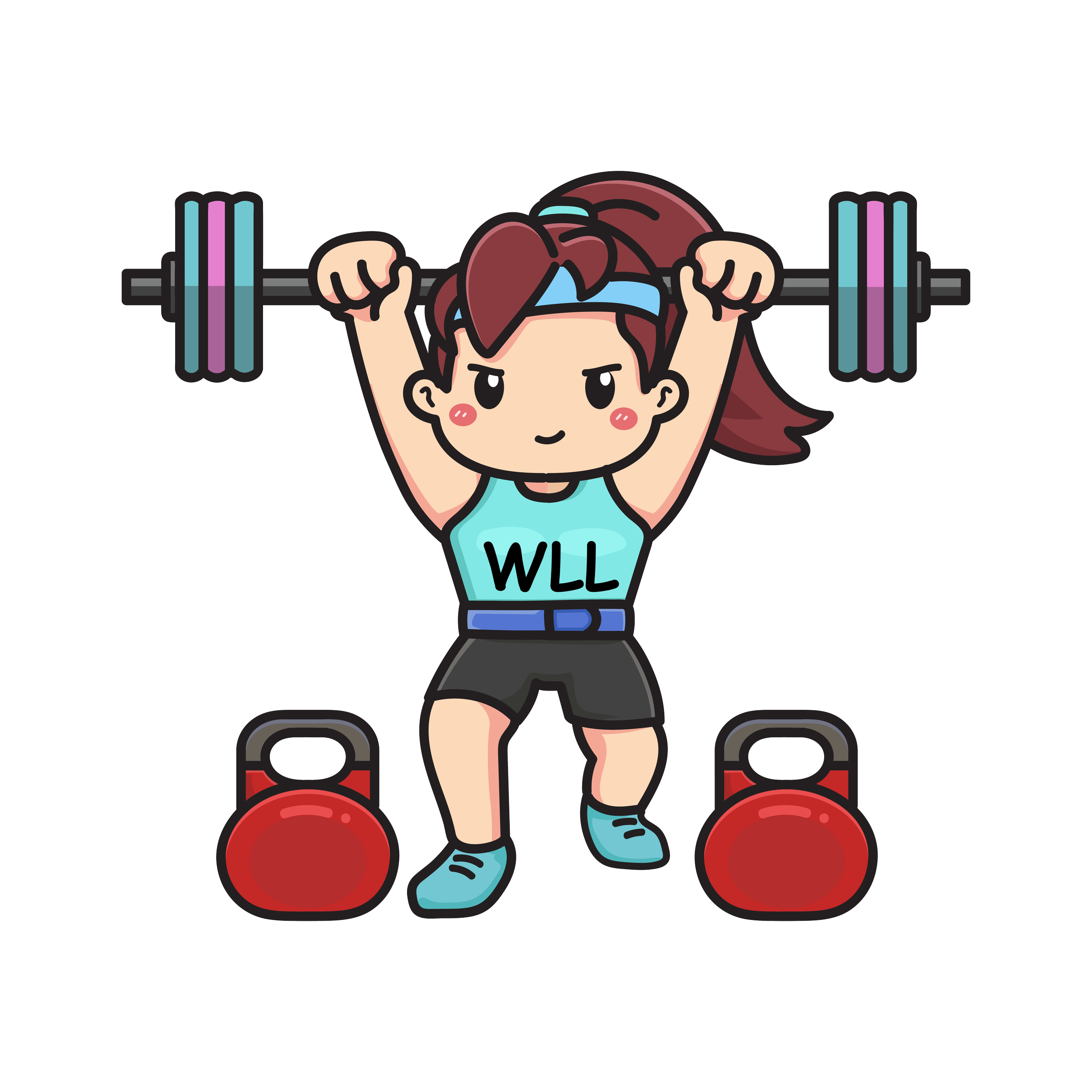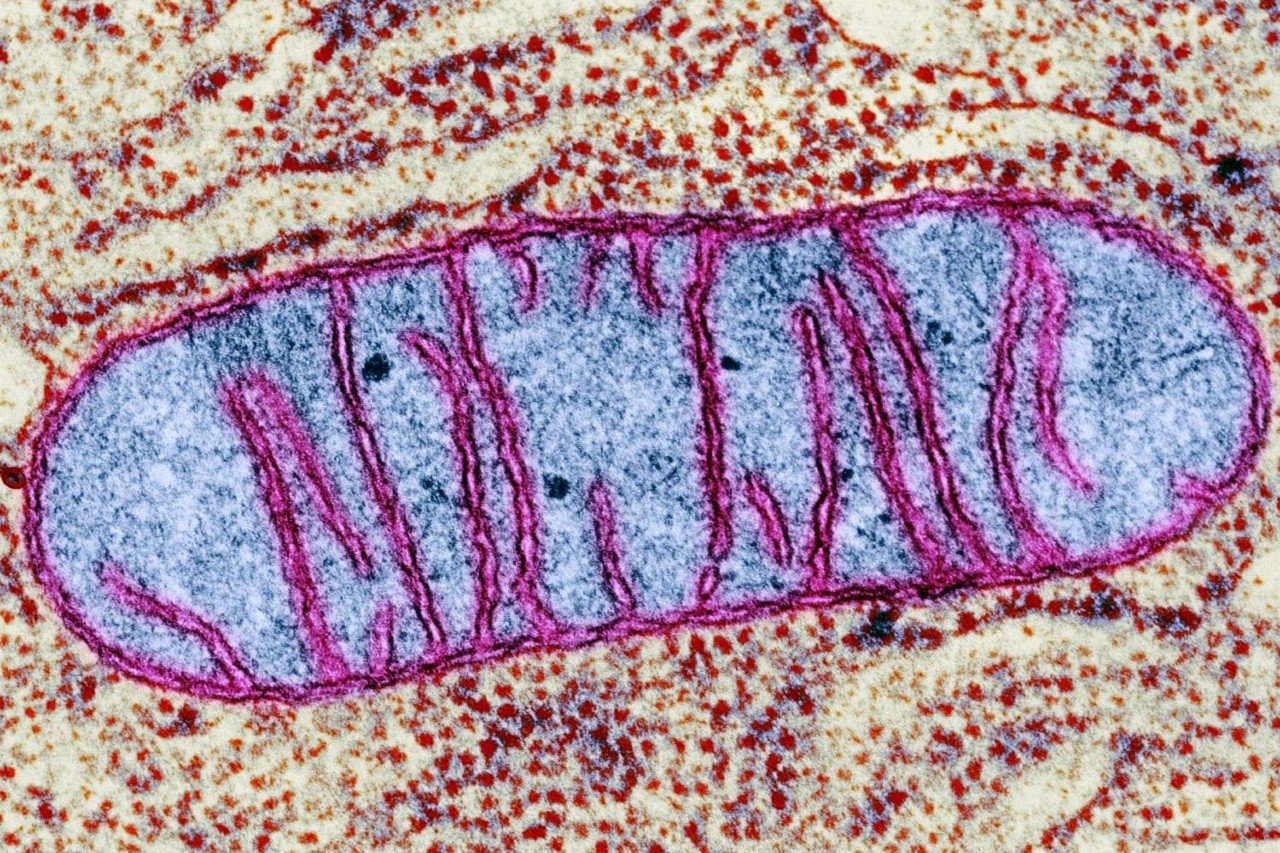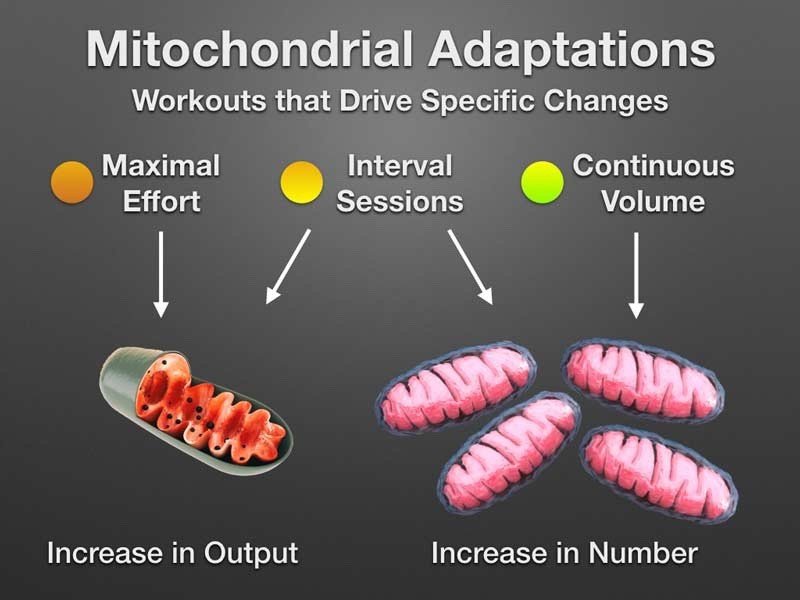Feeling tired? Here's what you can do about it!
'Mitochondria' comes from two Greek worlds: mitos meaning thread and chondrosmeaning granule. They are specialized structures that serve as the powerhouse or battery of a cell. These organelles are dynamic and constantly fuse together to form chains and then break apart.
Function
The main function of mitochondria is to metabolize carbohydrates and fatty acids in order to generate energy. Glucose is first converted into pyruvate and then transported into the matrix. Fatty acids on the other hand enter the mitochondria as is. ATP (adenosine triphosphate) is then produced after a few chemical reactions; this is energy and the human uses it to move and thrive.
Mitochondria and Muscle
Mitochondria spreads out like tendrils, efficiently dissipating energy throughout the muscle fiber. The more elongated and extensively fused the mitochondria are, the better they are at generating ATP where it's needed. This is an important concept because mitochondria have to be trained. They have to adapt. For example, the quantity of mitochondria in muscle can increase just after 14 days of sustained exercise. Neither blood volume or heart size can expand that quickly in such a short time frame!
Move More
Let's take someone who doesn't exercise much. Lifting weights or going on a short run creates physiological stress. The body responds by increasing its core temperature and heart rate. Under pressure, the body ramps up the development of mitochondria and mitochondrial proteins. At the same time, the body moves quick to remove old and fragmented mitochondria. This can continue for months with regular activity.
So exercise promotes the generation of mitochondria but it can also change the stucture and function to enhance stamina. For example, the mitochondria found in the leg muscles of endurance-trained athletes have more cristae or folds; this increases the ratio of surface to mitochondrial volume. This means that they can produce energy much faster and consistently over time than the average person. The more folds means more oxygen uptake occurs in the muscle. So if you and your best friend were getting chased by zombies, which of you will be eaten first? The one with the less cristae!
What if I'm sedentary?
Well, those adaptations can go in the other direction. If you don't use the muscle or use them often, everything happens in reverse. You won't produce robust mitochondria on a regular basis. You won't get rid of the old mitochondria. You will have less woven throughout your muscles. You will get tired quickly and have poor endurance. This will likely lead to metabolic issues as well. Because after all, when it rains, it POURS!
How long does it take?
Adaptations at the mitochondrial level takes time. It can take months of continuous training for the body to hold on to those adaptations. The amount and intensity of the training is crucial to the quantity and quality of the mitochondria. It's also not permanent. Muscle mitochondria have a half-life of 1-2 weeks. So the absence of constant activity will significantly decrease the amount found in the muscle. It literally embodies the concept of 'use it or lose it'.
This is why it's so important to move and exercise consistently. Missing a week or two is detrimental not just to your overall health but even at the cellular level. So if you want to feel better and have endless amounts of energy, you have to push yourself. Train hard and train consistently and you will get there!
Oh and the type of training you do also makes a difference. For example, at the @womensliftlab, we take a hybrid approach to our programming. One day our members could be doing heavy lifts for 3 sets of 4 reps to doing 125 body weight air squats in a matter of minutes. This is intentional because of...well, everything you just learned about above. 🤯
How do I start?
Start with a balanced exercise regimen that includes aerobic activity and heavy weight training. An example might be starting with a basic 5x5 barbell workout program. A 5x5 program is simple and works the entire body. Then include some aerobic activity for 10-15 minutes each day. The goal would be to increase the volume of your training as well as the weights you use. This will ensure your cells are developing mitochondria that can adapt to various conditions! The heavy training will increase the output of the mitochondria and the aerobic activity will increase the amount. As you become more advanced, you can move towards heavy interval training.
If you have any questions, feel free to comment below. If you need some support to get moving, join the virtual lift lab here!




